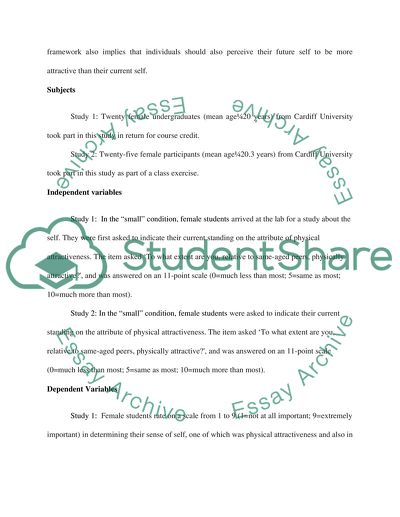Cite this document
(“How Individuals Appraise Their Own Physical Attractiveness Essay”, n.d.)
Retrieved from https://studentshare.org/philosophy/1543157-how-individuals-appraise-their-own-physical-attractiveness
Retrieved from https://studentshare.org/philosophy/1543157-how-individuals-appraise-their-own-physical-attractiveness
(How Individuals Appraise Their Own Physical Attractiveness Essay)
https://studentshare.org/philosophy/1543157-how-individuals-appraise-their-own-physical-attractiveness.
https://studentshare.org/philosophy/1543157-how-individuals-appraise-their-own-physical-attractiveness.
“How Individuals Appraise Their Own Physical Attractiveness Essay”, n.d. https://studentshare.org/philosophy/1543157-how-individuals-appraise-their-own-physical-attractiveness.


